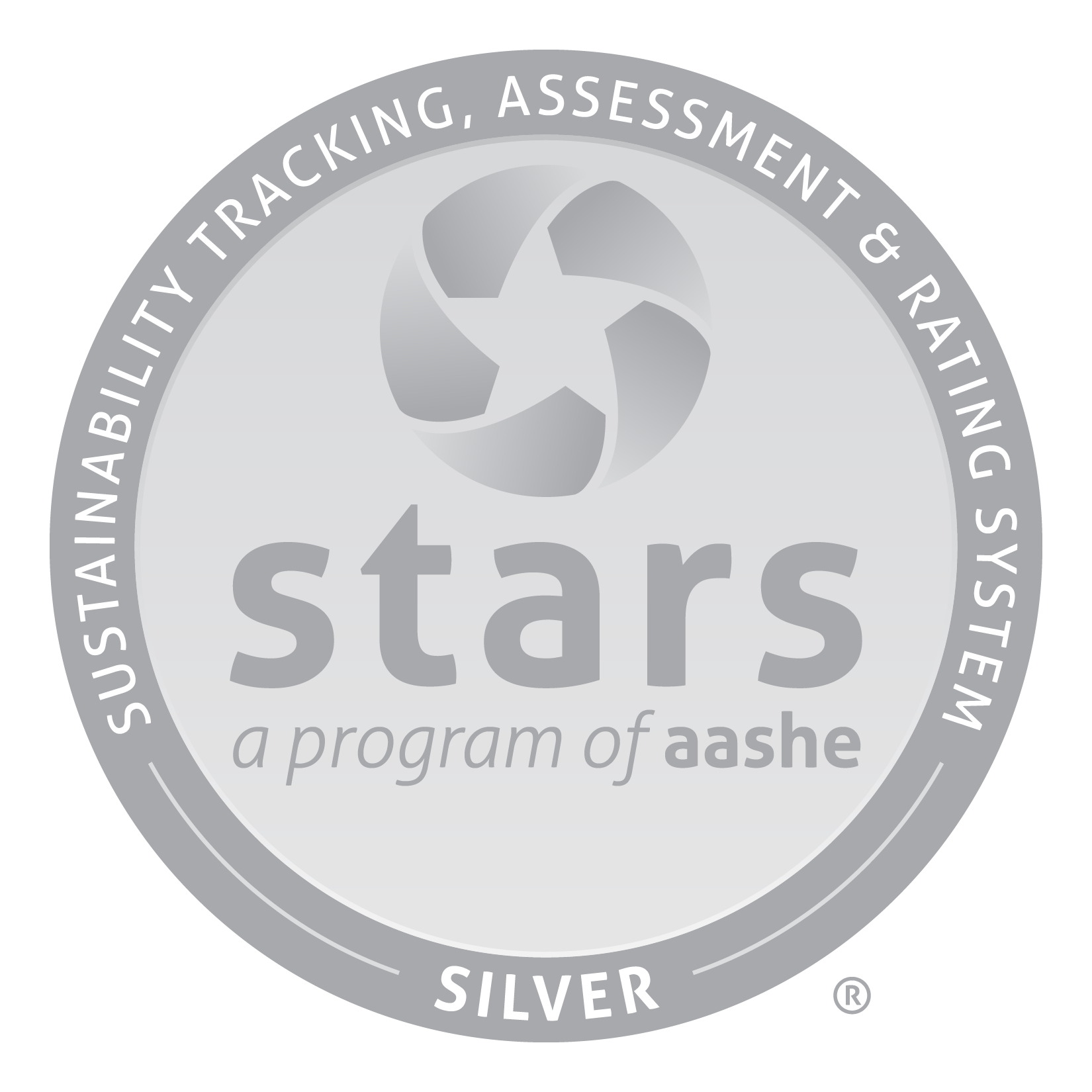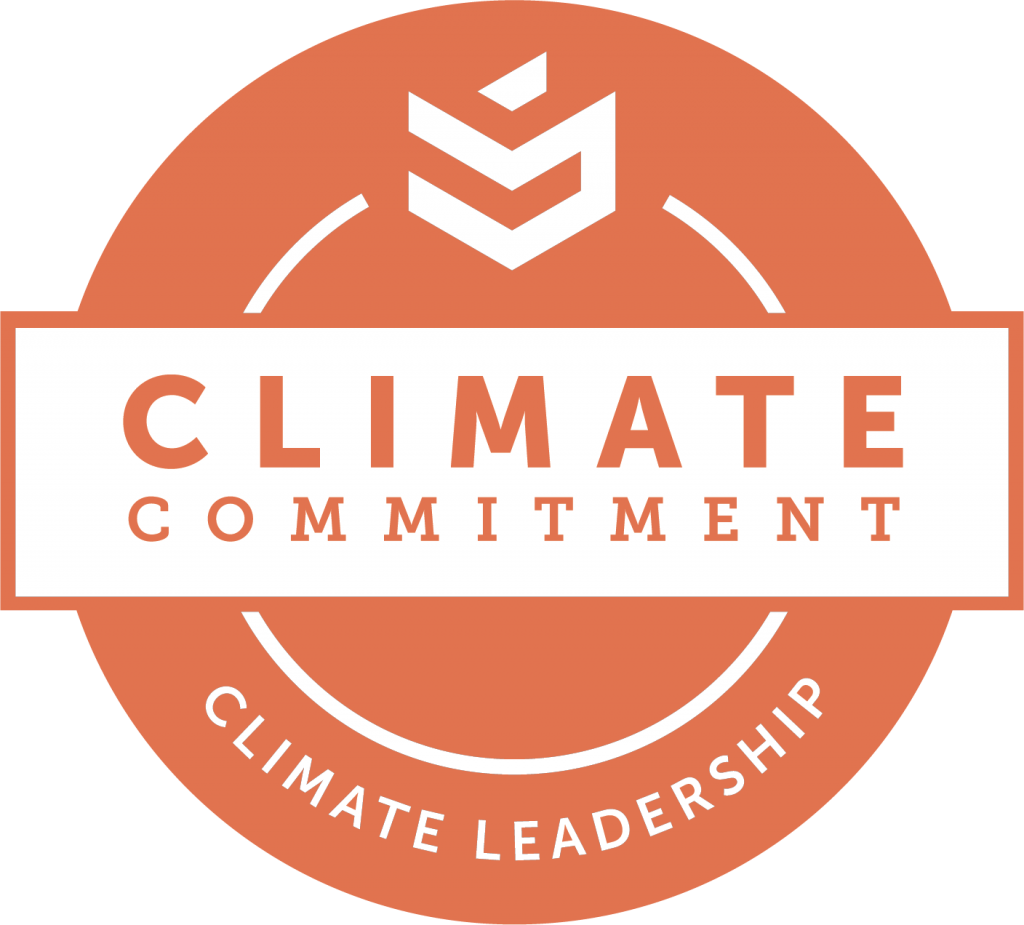Did you know?
A conventional ultra-low temperature (ULT) freezer uses approximately 20 kWh of energy per day, as much as an average U.S. household. According to a study done in 2022, UMB has 738 ULT freezers on campus. That means UMB's ULT freezers use 14,760 kWh of energy a day, and 5,387,400 kWh of energy each year--enough energy to power over 700 homes annually. ULT freezers are energy-intensive, but necessary for important research being done at UMB to be successful, so what actions can be taken to reduce the energy usage of ULT freezers?
Chilling up the temperature from -80°C to -70°C
According to the U.S. Department of Energy, chilling up your ultra-low temperature (ULT) freezer from -80°C to -70°C can reduce energy consumption by 30% and prolongs the life of the freezer. My Green Lab has evidence from their research that shows that the majority of samples are safe to store at -70°C. Nucleic acids can be safely stored at -20°C, or -70°C, depending on how long they need to be stored, and most proteins can be safely stored at -70°C. Bacteria and viruses are also generally safe at -70°C. In fact, fifteen years ago all ultra-low freezers were set to -65°C or -70°C.
Who else sets their freezers to -70°C?
Many universities and companies have chilled up their freezers. My Green Lab has listed AstraZeneca, Charles River Labs, Genentech, the CDC, Imperial College London, NUI Galway, CU-Boulder, UC Davis, Harvard, Dartmouth and UC Santa Barbara as just some of them. Some labs have offered to include their information on a list of samples successfully stored at -70C. That list can be found here.
Who at UMB is already chilling up their freezers? Check out this feature of Franck Dumetz at the School of Medicine's Institute for Genome Sciences.
Reports on Chilling Up
University of Pittsburgh: Chilling Up Your ULT Freezer - Pitt Sustainability
The University of British Columbia: Chilling Up to Save Over 7,000 kWh a Year
Stanford: Ultra-Low Temperature Freezer Maintenance | Sustainable Stanford






